Exhibition game
Happy Tuesday. Welcome back to Jacob’s Letter, a free pop culture newsletter full of puns and badly-PhotoShopped dog photos.

Cozy Ope Fall. Photo by Taylor Tompkins.
No PhotoShop again this week, because I’ve been enjoying just showing regular photos. This week brought more fall weather to Dallas, which meant more time for Opal to curl up on the couch with some blankets.
This issue of the newsletter is late again (my weeks at work the last month have been very busy with breaking news and November sweeps month prep), but to make up for it, I’m going deep into the weeds about the Disney/Fox merger and what it means for moviegoers. I also added a new segment that’s all about the joy of simply going to the movies. Read on to find out more.
(Also, do you like what you’re reading? Click this button to share):
Way down in the foxhole
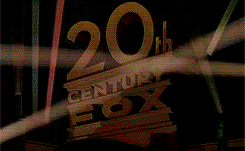
In 1948, the Supreme Court ruled in the landmark antitrust case United States v. Paramount Pictures that movie studios can’t own their own theaters and hold exclusivity rights on which theaters could show their films. So, for instance, Paramount couldn’t own its own chain of theaters and then refuse to show its movies at theaters it didn’t own, because this violated antitrust laws.
Before this decision, Paramount (and the whole studio system) operated as a de facto oligopoly, a haven of vertical integration. Afterward, the theater chain system evolved to what it is today, with distributors putting studios’ films into theaters on opening weekend, and later for repertory screenings like midnight shows.
In the 1980s, when VHS sales were on the rise, the Walt Disney Co. started the Disney Vault, a marketing ploy that had already been in effect with theater screenings of its films, but now spread to home video: A film would be made available for exhibition in theaters or owning on VHS for a short time window, then it would go back into the “vault” until it was released again. This attempt at forced consumption stuck; it’s a tactic that will reach its next phase this November when Disney+ rolls out and snatches most of the Disney catalog back to Disney and away from other platforms.
In 2018, Disney acquired the Murdoch family’s 20th Century Fox in a $73.1 billion deal. This deal also later gave Disney control of Fox Searchlight and all of 20th Century Fox’s back catalog — everything from “Avatar” to “The Simpsons” to “Miracle on 34th Street,” the latter of which has been rebranded as a “Disney” movie in the Disney+ rollout. They also got control of 60 percent of Hulu out of the deal, too. As a result of the deal, the number of major studios in Hollywood went from six to five, and the combined Disney and Fox assets made up an estimated 39% theatrical market share.
And now, to tie this whole thing together, a bombshell report from Vulture’s Matt Zoller Seitz this week confirmed what many in the industry long suspected: Now that Disney owns Fox films, it is now putting Fox films into the vault and denying theaters from showing them. There are exceptions, like with certain classic films or museum screenings or anniversaries, but for the most part, the Disney Vault is closed up tighter than Fort Knox.
One anecdote from the piece reads:
In the preceding few months, Neff had heard rumblings in his Google group of film programmers that Disney was about to start treating older Fox titles as they do older Disney titles — making them mostly unavailable to for-profit theaters. More and more film programmers and theater managers were reporting that they had suddenly and cryptically been told by their studio contacts that Fox’s back catalogue was no longer available to show. Some got calls informing them that an existing booking had been revoked.
The piece goes on to detail all the ways in which Disney is denying exhibitors and smaller theaters from showing 20th Century Fox films. After it was published, Seitz confirmed that Fathom Events’ 40th anniversary screening of “Alien” this year would be the last time Fathom could screen a 20th Century Fox film.
All of this means more than just not being able to see a midnight showing of “Alien” or “Fight Club.” It means lower revenue for college town theaters, repertory theaters and even chains like AMC or Alamo Drafthouse, who do special showings of older films for special events. Funnily enough, the one film Disney isn’t holding close to the vest is “Rocky Horror Picture Show,” probably because they know how much of a riot that would cause among theaters who routinely host midnight screenings of the film.
It also means a skewed view of film history. I know I talked last week about not getting onto people who don’t like to watch old films, but it’s nice to at least have the option to watch films from a variety of eras. Disney+ may have a huge catalog of films made before 1990, but they’re all Disney films. Competing streaming services like Netflix and HBO mainly focus on films made this millennium, and if you want to watch something older than that, you either need to own it or find it at a library or watch it at a repertory screening. Now, if you want to watch an older film, you’re going to have to go to Disney to do it. This hoarding of resources isn’t good for the moviegoing community at large.
What’s more, Disney claimed 40 percent of North American ticket sales last year. Right now, it has five movies of the top 10 box office for 2019, with financial stakes in one other through its ownership of Marvel. That number will only go up once the Fox merger dividends start to deliver and “Star Wars IX” comes out in December. Smaller theaters that used repertory screenings as a way to pay for exhibiting new indie films (often made by women or POC or minorities) might not be able to afford to showcase new talent if this vaulting of titles continues.
We’re headed back to the days of monopolies, at least in the movie studio world.
And on a broader scale: Get used to more franchises from other studios. The only other studios left to compete with Disney are Warner Bros., Universal, Paramount and Columbia. The only way they can do that, now that Disney has bought up Fox Searchlight (the premier mid-budget, grown-up movie studio), is to create their own franchises that can compete with “Star Wars” and the MCU. There’s little room for anything but a sure investment now. Bring on the DCU and the “Fast and Furious” franchise and “Mission: Impossible” and more “Jumanji” films. Not that all of those are bad films, but it’s just repetitive to see the same franchises at the box office every summer solely because that’s the only viable option. (Reminder: See those smaller films while you can!)
There is a silver lining. All of this is combining to create a perfect storm to repeat history. Frustration with this type of big studio dominance in the ‘50s and ‘60s is what led to the New Hollywood of the 1970s. That era produced directors like Martin Scorsese and Francis Ford Coppolla and Brian de Palma and Paul Schraeder who created rebellious, thought-provoking films that are now considered classics. Now, as we approach a new decade, in a time when a more diverse group of voices are being heard in independent filmmaking, the films made in reaction to our current moment might be better than those made in the ‘70s.
One can dream, at least. And as Disney taught us, dreams and wishes come true.
Movie review: Read this newsletter or you’ll die in 7 days

I pitched a bunch of different movie reviews to my editor at Book & Film Globe earlier this month, and one of the only movies he went for was “Countdown,” a chain email and meme in film form about how kids these days just can’t get off their phones. I didn’t have as bad a time as I thought, but it’s still a bad movie. I am, however, proud of the review I wrote for it, so go read that over at Book & Film Globe…or else.
My rating: 2 outdated tropes out of 5
Memorable Movies: ‘The Little Stranger’ in Cork, Ireland
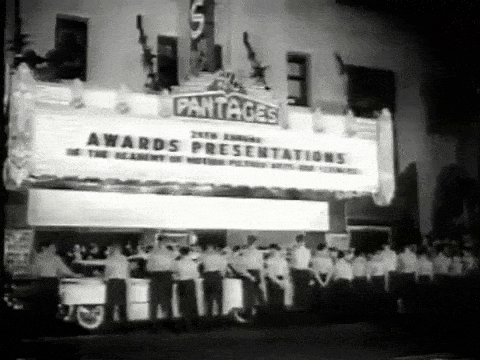
“Memorable Movies” is a new segment where I’ll talk about moviegoing experiences that have had an impact on me.
Last year, Taylor and I went on our honeymoon to Ireland. It was amazing and fantastic and we saw so many great sights: The Cliffs of Moher, the Dublin Castle, St. Patrick’s Cathedral, the Guinness brewery, amazing countryside views. One of those great sights was a church in Cork that got turned into a movie theater. The Triskel Arts Center’s Christchurch theater is a restored 1700s Neo-classical Georgian Church. They host film festivals and other first-run movies there, and that’s where we saw “The Little Stranger” one night during our stay in Cork, a southern Ireland port town.
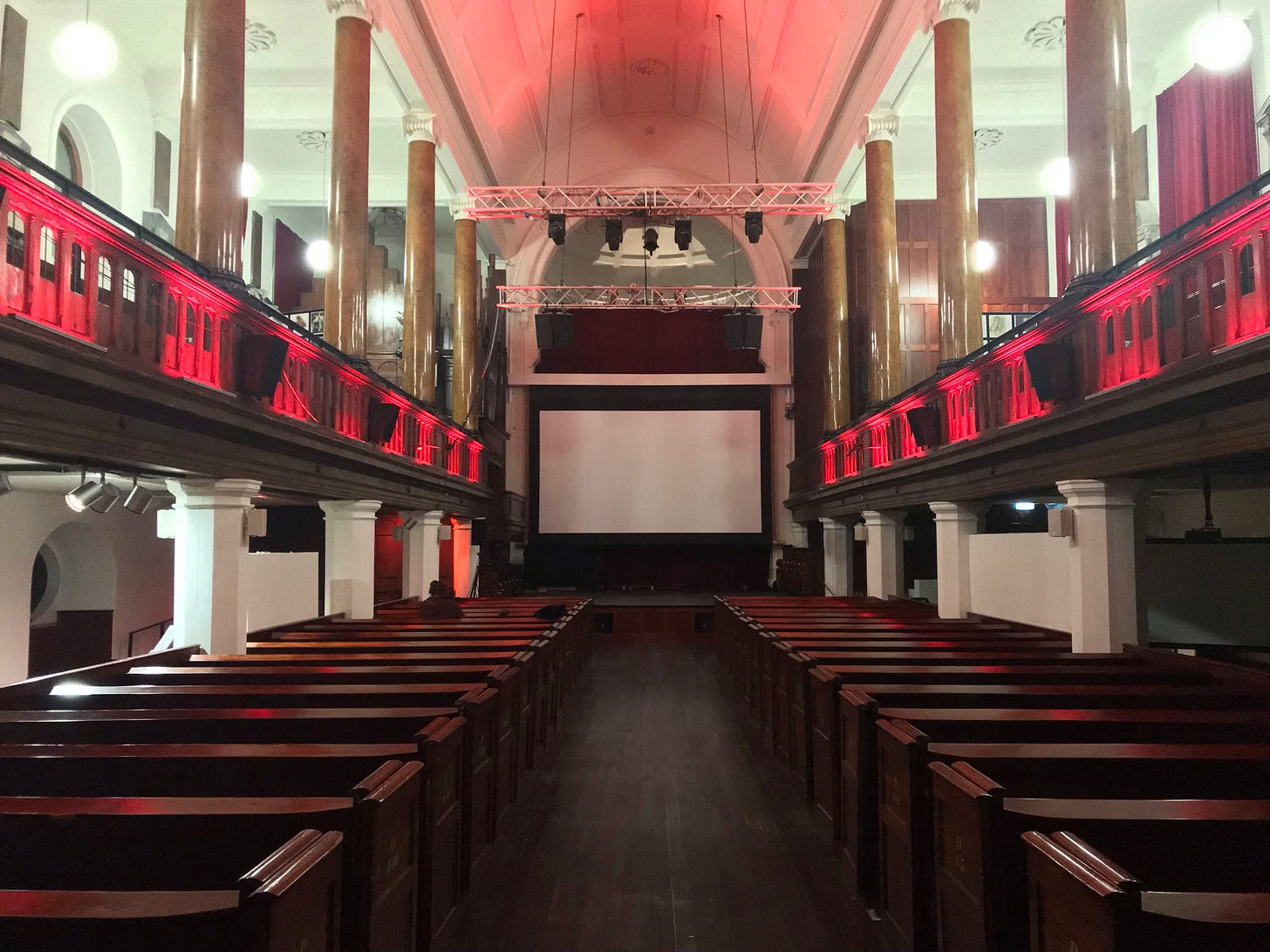
Christchurch Theater. Photo by me.
“The Little Stranger” is, on its surface, a ghost story about a haunted post-WWII English mansion. We had just toured the Muckross House, a 19th-century Irish manor, a few days before, and seeing much of the same architecture on screen added to the viewing. We were some of the only people in the theater for our screening.
Watching it while sitting in a pew that was probably older than America in a place where religious services used to be held gave the film an added weight, like I was watching something that was meant to be timeless. Granted, that could have been the tourism talking, but the line between sitting in a pew for church and sitting in a seat for a movie got blurred real quick. I had Martin Scorsese’s thoughts about being molded by the church and movies in my mind the whole time. The experience was a reminder of why I still go to theaters at a time when I could just fire up Netflix.
I don’t think I would have had the same reaction if the movie were bad. Far from a ghost story, “The Little Stranger” actually has a lot on its mind regarding PTSD, toxic masculinity, class warfare and rebuilding a country after a war. Timely stuff!
Anchored by a terrific and layered performance by Domhnall Gleeson, you’re rooting for the lead character one minute and loathing him the next. It was mismarketed upon release as a jump-scare haunted house movie when the end result is much more of a slow burn psychological thriller. I bought it on Blu-Ray when it came out, but I haven’t watched it again because I know it can’t top the experience of seeing it in Cork. If you’re ever in Ireland, you should check it out.
Jinks, Double Jinks

Fort Worth country artist Cody Jinks just made history. After releasing two new albums a week apart, on Oct. 11th and 18th, respectively, both albums went No. 1 in pure album sales on the Billboard country charts. And he didn’t have any support from a label.
The Wanting by Cody Jinks sold an estimated 12,500 albums in physical sales and downloads, and received 2.5 million streams during the reporting period, good enough for equivalent numbers of 14,900 units—basically in line with what After the Fire did the week previous, besting all competition for #1 in pure album sales, putting him at #2 on the Billboard Country Albums chart that factors in streaming, and #3 in pure album sales in all of music. Cody also comes in at #35 on the all genre Billboard 200.
What’s more, the music is great as well. Both albums highlight Jinks’ DIY attitude in different ways. “After the Fire” is introspective and somber, while “The Wanting” is a rambunctious look at duality. Taken together, they’re more than the sum of their parts, and as a whole, it’s a fascinating peek into the creative mindset of an independent country star who is only going up. What a time to be a country music fan.
More: Cody Jinks’ ‘Lifers’ is all about working toward what’s just over the horizon
Islands in the Stream

“Islands in the Stream” is where I’ll discuss any and all happenings on the streaming front every week, since there’s so much of it now. While you’re here, read my deep dive for WFAA about how diverse the streaming landscape is becoming.
This week:
Nothing is new under the sun. Earlier this week it was reported in the New York Times that Netflix is planning on acquiring the Egyptian Theatre on Hollywood Boulevard. This development comes as the streaming service is premiering Martin Scorsese’s “The Irishman,” its biggest awards play yet, at the Belasco Theater, a 1,015-seat Broadway theater on West 44th Street. Why are they doing this? Because most major movie theater chains won’t show Netflix’s films. All of this has shades of the Paramount Case. Theater exclusivity isn’t quite what Netflix is doing, but it is deeply fascinating to see the new streaming era plumb us right back into the same problems.
Speaking of Netflix, if you’ve ever wanted to watch Netflix at 0.5x, 0.75x, 1x, 1.25x or 1.5x the speed of a regular stream, you’re in luck. The service is testing a new variable speed option for those who just have so much to watch that they can’t watch at regular speed. This isn’t watching a movie, this is consuming #content, which I’m sure will end well.
If the new streaming landscape isn’t expensive enough, it’s also paralyzing viewers with too many choices, NBC News reports. Viewers in the 18- to 34-year-old range are spending as much as nine minutes trying to decide what to watch. Maybe cable really was the right answer.
Trailer Park
Want more trailer news for all the movies coming out this September and October? I have just the thing: Read my fall movie season preview here at jakeharrisblog.com.
“The Grudge”
The January release date doesn’t bode well for this. But it looks fairly new enough, and John Cho demonstrated with “Searching” that he can elevate an otherwise shaky premise. Plus it’s got that Sam Raimi pedigree. But nothing could match the cultural juggernaut of the first American remake of this material. Everyone in my middle school was scaring each other with that Grudge noise when it first came out.
“Bloodshot”
Now that that whole Spider-Man/Sony spat with Marvel is over (for now, at least), it looks like Sony is just getting ready to unleash all the franchises it owns. If this leans into the absurdity of its premise — a soldier dies, is brought back to life by scientists and is then memory-wiped after each new mission he completes — Vin Diesel can make this work. The “xXx” films work the best when Diesel plays Xander Cage like he knows how crazy he is. This looks like it insists upon itself a bit much with the over-acting and the slowed-down Johnny Cash cover, but that shot of Diesel’s face reconstructing itself looks really cool.
“Antlers”
If all trailers were shot like this, I wouldn’t complain. No voiceover, no dialogue, no mini-trailer beforehand. Just visuals and music. I have no idea what this is about (wendigos, maybe?) but I’m intrigued. I love Guillermo del Toro’s work, but Scott Cooper’s a bit hit-or-miss for me. I love “Crazy Heart” but “Black Mass” and “Out of the Furnace” felt conflicted and excessive. Maybe del Toro’s influence will win out on this one.
Letter of Recommendation

Music: Kesha is back with “Raising Hell,” a new song that’s a combination of her Ke$ha persona and the more vulnerable side she showed with 2017’s “Rainbow.” I can’t get it out of my head, and the music video reminds me a lot of “Goodbye Earl.”
Podcast: The new season of “You Must Remember This” premiered last week. It’s about the history of Disney’s “Song of the South” and how it dovetailed with the American Civil Rights Movement. At a time when Disney’s legacy is being evaluated with more scrutiny, the subject is more timely than ever. You can listen to it here.
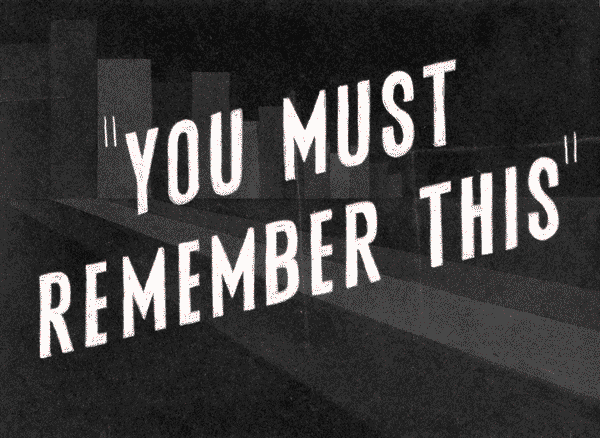
TV: There’s a review forthcoming on this as well (ETA: You can read it here), but I’m enjoying season 2 of “Castle Rock” on Hulu much more than season 1, and I liked that one more than most. Season 2 focuses on “Misery,” and ditches the inside-baseball Stephen King references for more of a character study of Annie Wilkes (a fantastic Lizzy Caplan). The show soars as a result.
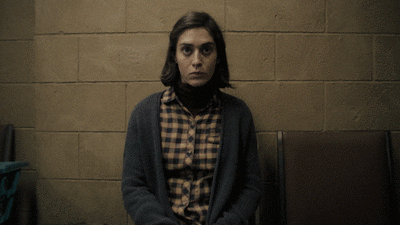
WFAA Pick: For work this spooky season, I wrote a handy guide for eight kid-friendly movies to watch at Halloween. Check it out here.
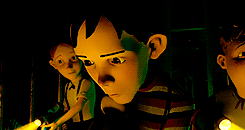
Friday News Dump
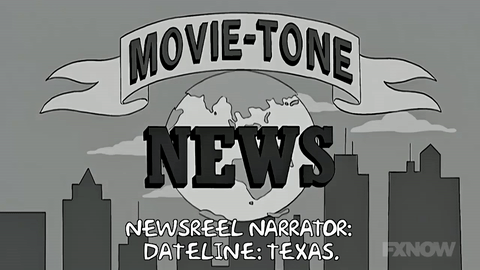
A list of online stuff I really liked this week:
Poverty and income disparity affects every facet of someone’s life, especially in Texas high school football. (Via Julie Chang in the Austin American-Statesman)
The Paul Rudd meme that set the internet ablaze this week came from this “Hot Ones” interview, where the difficulty of the questions increases with the heat of the chicken wings. (via “Hot Ones” on YouTube)
This profile of Adam Driver is fantastic. (via Michael Schulman in the New Yorker)
Director Ang Lee’s foray into 120-frames-per-second filmmaking, first with “Billy Lynn’s Long Halftime Walk” and now with “Gemini Man” has been interesting to see, especially because we don’t know if it could work because so few theaters are capable of screening high-rate films as intended. (via Siddhant Adlakha in /Film)
That’s all, folks. If you liked what you saw here, click that subscribe button (promise I won’t send any annoying emails) and tell all your friends!
This newsletter is written by me and edited by my favorite person, Taylor Tompkins. Views expressed here are my own and don’t reflect the opinions of my employer, yadda yadda yadda.
If there’s anything you want to see covered in a future newsletter, let me know!
You can find me in other corners of the internet as well, if you so choose. There’s my personal website (which focuses on pop culture, faith and my journalism clips), a Twitter account and a Letterboxd account. Subscribe away.
See you next week,
Jake


